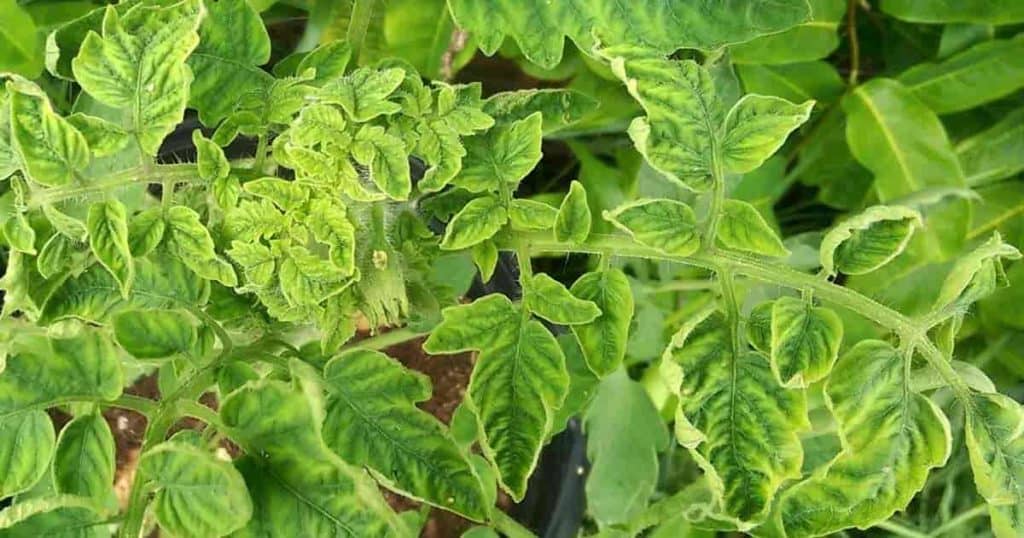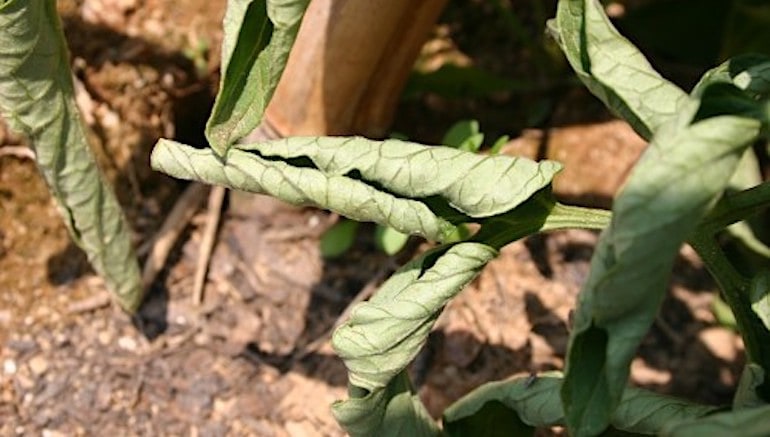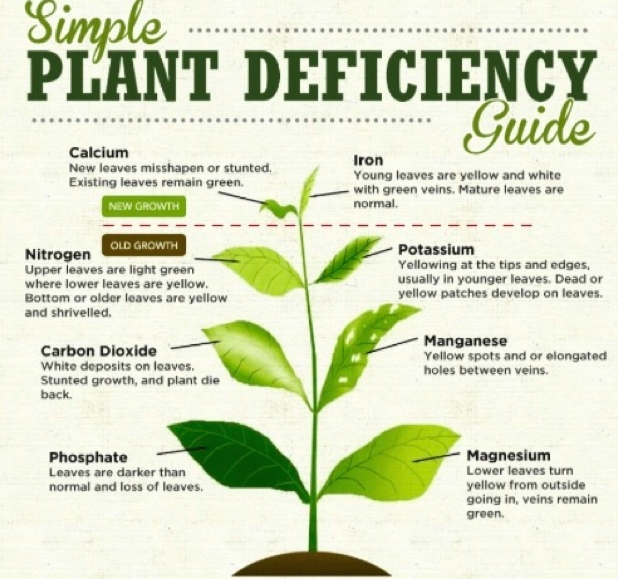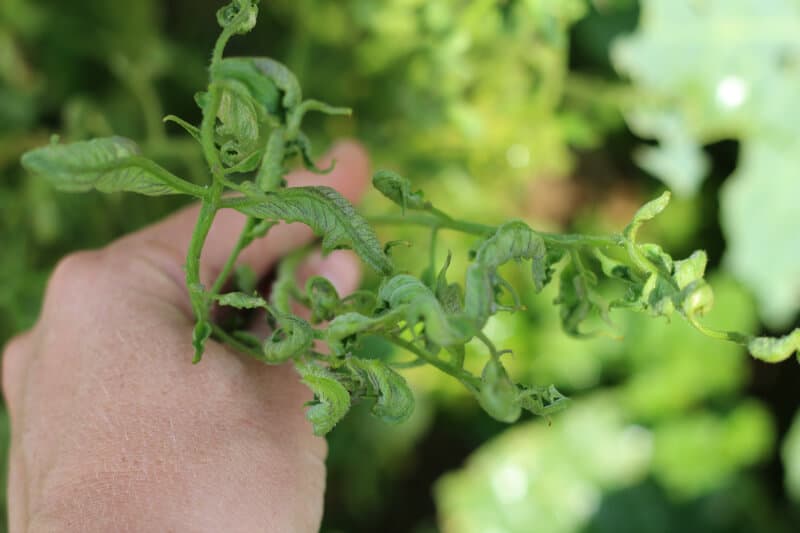What’s Behind the Curl?
Curled tomato leaves are a common issue that can significantly impact plant growth and productivity. When tomato leaves curl, it can reduce the plant’s ability to undergo photosynthesis, ultimately affecting its growth and productivity. In severe cases, curled leaves can even lead to a reduced harvest or, worse, plant death. This issue is often a sign of underlying problems that need to be addressed. So, why do tomato plant leaves curl? Identifying the root cause is crucial to taking corrective action and ensuring a healthy, thriving tomato plant. By recognizing the signs of curled leaves and addressing the underlying issues, gardeners can take proactive steps to prevent and fix the issue, resulting in a more bountiful harvest. Understanding why do tomato plant leaves curl is the first step in resolving this issue and ensuring a healthy and productive tomato plant. In fact, curled leaves can be a sign of stress, and addressing the underlying issue can help prevent further damage and promote healthy plant growth. It’s essential to identify the root cause of curled leaves, whether it’s related to environmental factors, watering issues, pests, diseases, or nutrient deficiencies, to take corrective action and ensure a healthy harvest.
Environmental Factors: Temperature, Humidity, and Light
Environmental factors play a significant role in the health and well-being of tomato plants. Temperature fluctuations, humidity, and inadequate light can all contribute to curled leaves. When tomato plants are exposed to extreme temperatures, either hot or cold, it can cause stress, leading to curled leaves. Similarly, humidity levels that are too high or too low can also cause curled leaves. Inadequate light can weaken the plant, making it more susceptible to disease and pests, which can also cause curled leaves. To optimize these environmental factors, gardeners can take a few simple steps. For example, providing shade for tomato plants during extreme heat waves can help prevent curled leaves. Ensuring good air circulation around the plants can help regulate humidity levels. Additionally, providing sufficient light, either through natural sunlight or artificial lighting, can help promote healthy plant growth. By recognizing the impact of environmental factors on tomato plant health, gardeners can take proactive steps to prevent curled leaves and promote a healthy, thriving plant. Why do tomato plant leaves curl? In many cases, it’s due to environmental factors that can be easily addressed with a few simple adjustments.
Watering Woes: Overwatering and Underwatering
Improper watering techniques are a common culprit behind curled tomato leaves. Both overwatering and underwatering can cause stress to the plant, leading to curled leaves. Overwatering can cause the roots to rot, reducing the plant’s ability to absorb essential nutrients, while underwatering can cause the plant to become dehydrated, leading to curled leaves. To avoid these issues, it’s essential to water tomato plants correctly. Check the soil regularly to ensure it’s not too dry or too wet. A general rule of thumb is to provide about 1-2 inches of water per week, either through rainfall or irrigation. Avoid getting water on the leaves to prevent fungal diseases that can also cause curled leaves. Why do tomato plant leaves curl? In many cases, it’s due to improper watering techniques that can be easily addressed with a few simple adjustments. By monitoring soil moisture levels and adjusting watering schedules accordingly, gardeners can prevent curled leaves and promote healthy plant growth.
Pests and Diseases: The Hidden Culprits
Pests and diseases are often the hidden culprits behind curled tomato leaves. Aphids, whiteflies, and spider mites can all cause curled leaves by sucking sap from the plant, while fungal infections like septoria leaf spot and early blight can cause curled leaves by infecting the plant’s foliage. To identify these issues, gardeners should regularly inspect their plants for signs of pests or diseases, such as tiny eggs or actual pests on the underside of leaves, or yellowing or browning leaves with black spots. If pests or diseases are suspected, gardeners can take action to manage the issue. For pests, this may involve introducing natural predators or using organic pesticides. For diseases, this may involve removing infected leaves, improving air circulation, and using fungicides. Why do tomato plant leaves curl? In many cases, it’s due to pests or diseases that can be easily managed with the right techniques. By taking proactive steps to identify and address these issues, gardeners can prevent curled leaves and promote healthy plant growth.
Nutrient Deficiencies: The Role of Macronutrients and Micronutrients
Nutrient deficiencies are another common cause of curled tomato leaves. Macronutrients like nitrogen, phosphorus, and potassium, as well as micronutrients like iron and magnesium, play a crucial role in plant growth and development. When these nutrients are lacking, plants may respond by curling their leaves. For example, a nitrogen deficiency can cause leaves to become yellow and curled, while a magnesium deficiency can cause leaves to become distorted and curled. To prevent nutrient deficiencies, gardeners should fertilize their tomato plants regularly, using a balanced fertilizer that provides all the necessary nutrients. Soil tests can also help identify any nutrient deficiencies, allowing gardeners to take corrective action. Why do tomato plant leaves curl? In many cases, it’s due to nutrient deficiencies that can be easily addressed with proper fertilization. By providing tomato plants with the necessary nutrients, gardeners can promote healthy growth and prevent curled leaves.
How to Prevent and Fix Curled Tomato Leaves
To prevent curled tomato leaves, gardeners should focus on providing optimal growing conditions for their plants. This includes pruning plants regularly to promote air circulation and prevent disease, fertilizing plants with a balanced fertilizer to prevent nutrient deficiencies, and adjusting environmental conditions to prevent temperature fluctuations, humidity, and inadequate light. Additionally, gardeners should monitor their plants regularly for signs of pests or diseases and take proactive steps to address any issues that may arise. Why do tomato plant leaves curl? In many cases, it’s due to a combination of factors that can be easily addressed with proper care and attention. By following these steps, gardeners can prevent curled leaves and promote healthy plant growth. If curled leaves do occur, gardeners can take corrective action by pruning affected leaves, adjusting environmental conditions, and fertilizing plants as needed. With proper care and attention, gardeners can fix curled tomato leaves and promote a healthy and productive harvest.
Common Mistakes to Avoid When Growing Tomatoes
When growing tomatoes, it’s easy to make mistakes that can lead to curled leaves and other problems. One common mistake is inadequate soil preparation, which can lead to nutrient deficiencies and poor drainage. To avoid this, gardeners should test their soil regularly and amend it as necessary. Another mistake is poor transplanting techniques, which can cause shock and stress to the plant. Gardeners should harden off their seedlings before transplanting and provide support for the plants as they grow. Insufficient support is another common mistake, which can cause plants to become leggy and prone to disease. Gardeners should provide tomato cages, trellises, or stakes to support their plants and keep them upright. By avoiding these common mistakes, gardeners can reduce the risk of curled leaves and promote healthy plant growth. Why do tomato plant leaves curl? Often, it’s due to mistakes that can be easily avoided with proper planning and care. By being aware of these common mistakes, gardeners can take steps to prevent curled leaves and ensure a healthy and productive harvest.
Healthy Leaves, Healthy Harvest: The Importance of Leaf Health
Maintaining healthy leaves is crucial for a bountiful tomato harvest. Curled leaves can be a sign of underlying problems that need to be addressed, and neglecting these issues can lead to reduced yields and poor plant growth. By monitoring plants regularly and taking proactive steps to address any issues that may arise, gardeners can promote healthy leaf growth and maximize their harvest. Why do tomato plant leaves curl? Often, it’s due to a combination of factors that can be easily addressed with proper care and attention. By following the tips and guidelines outlined in this article, gardeners can prevent curled leaves and promote healthy plant growth. Remember, healthy leaves are essential for a healthy harvest, so take the time to monitor your plants and address any issues that may arise. With proper care and attention, gardeners can enjoy a bountiful tomato harvest and reap the rewards of their hard work.








